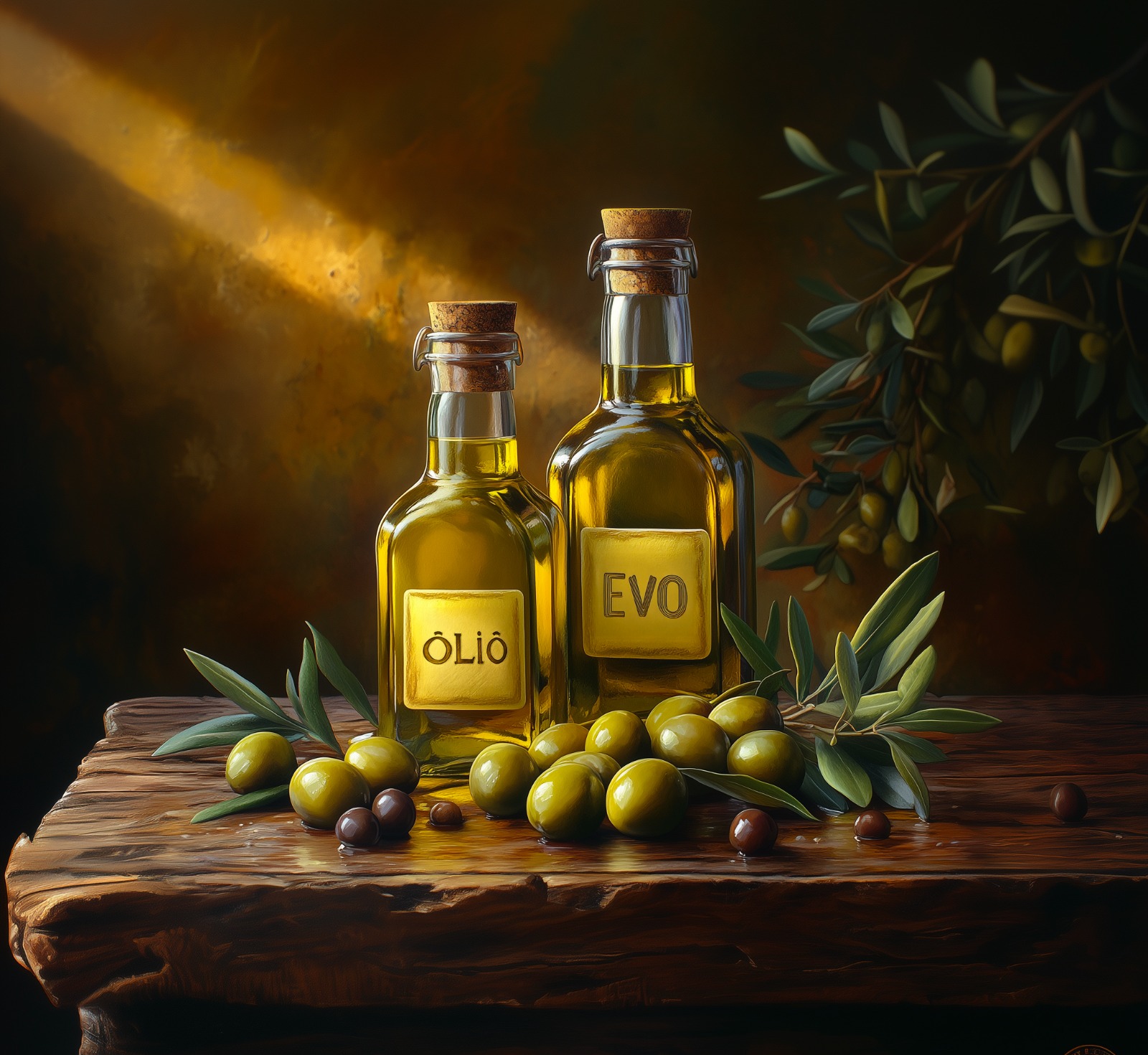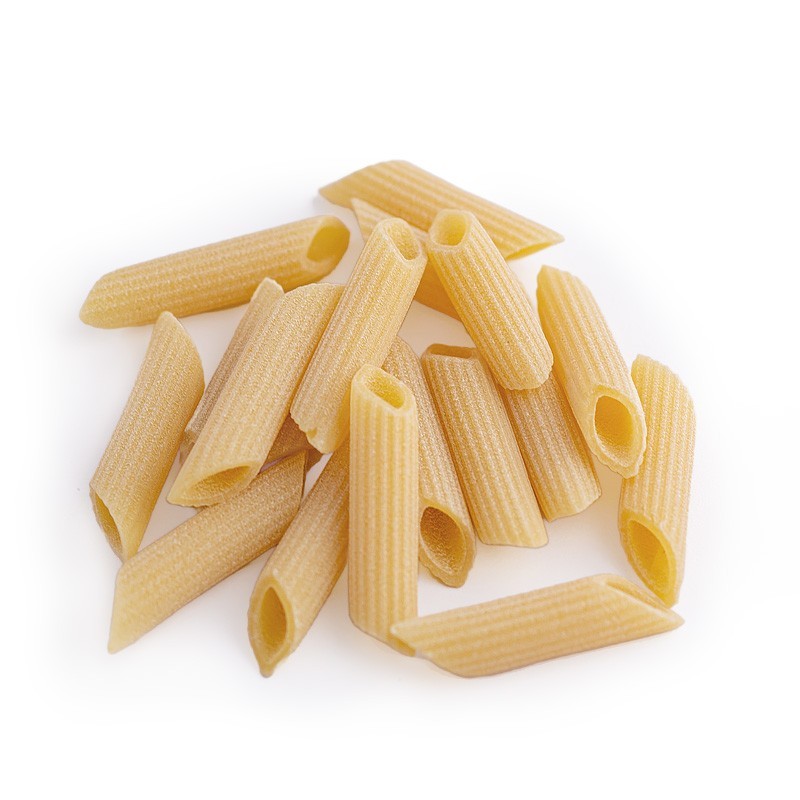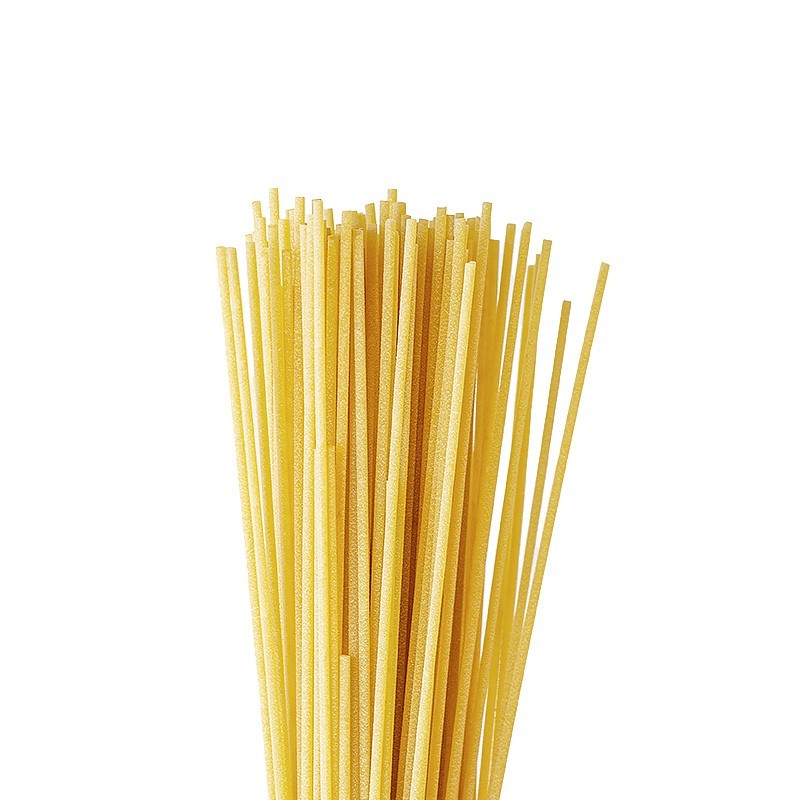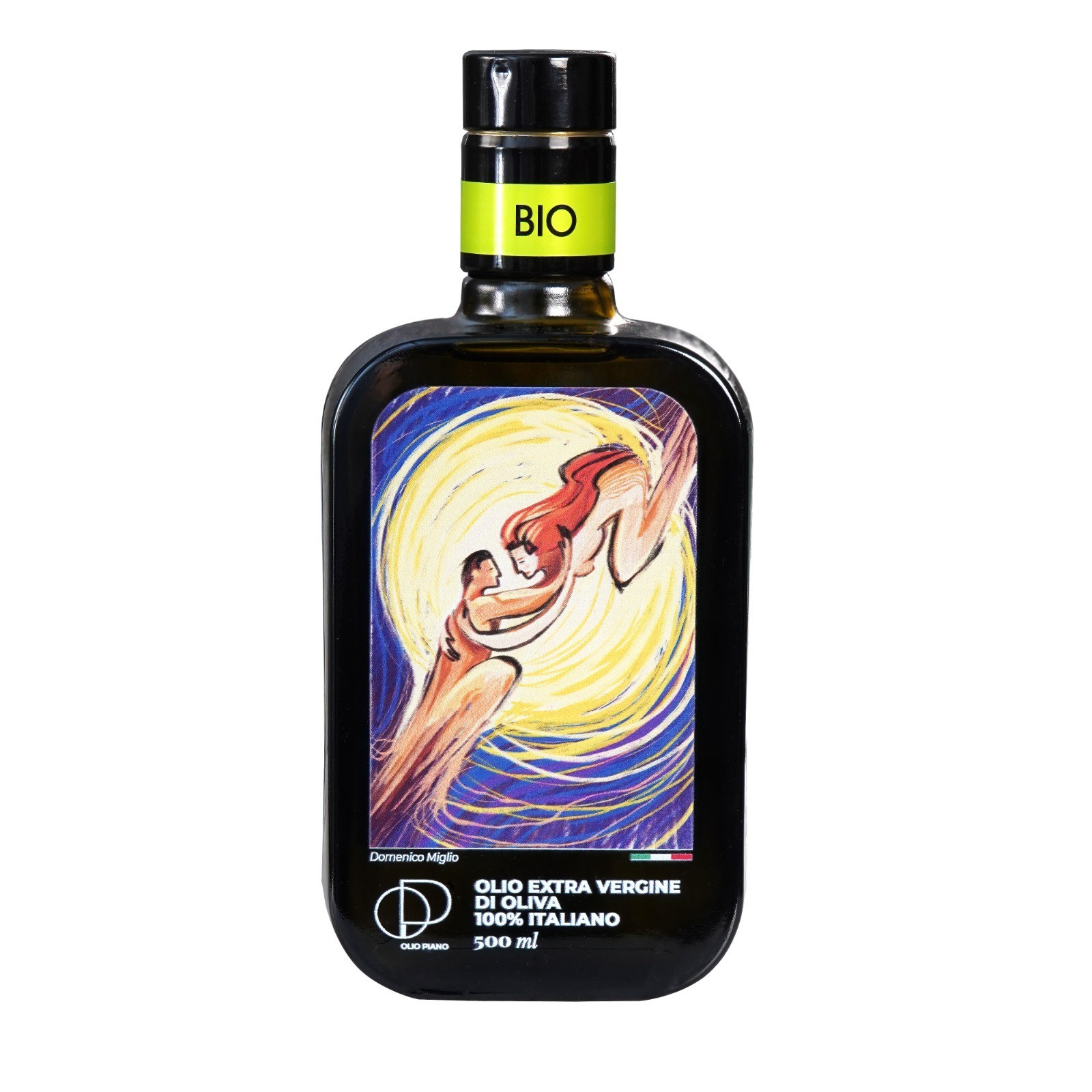22-01-2021

Difference between Olive Oil and Extra Virgin Olive Oil: Complete Guide
In Italy, despite being one of the largest producers of olive oil in the world, there is often confusion between olive oil and extra virgin olive oil. Understanding the difference is crucial for making more informed choices and improving your diet. But what are these differences? Let's find out together.
What is Extra Virgin Olive Oil?
Extra virgin olive oil (EVO) is obtained exclusively through mechanical pressing of the olives, without the use of chemical solvents or industrial processes that could alter the final product. This extraction method preserves the nutritional and organoleptic properties of the oil, giving it a characteristic flavor with bitter and spicy notes, mainly due to the presence of antioxidants like polyphenols.
To be classified as "extra virgin," an oil must meet a series of quality parameters established by law, including:
- Absence of organoleptic defects: To be classified as extra virgin, the oil must not show any defects detectable during the Panel Test, such as unpleasant odors or flavors (e.g., rancid, mold, winey). Even the slightest defect can downgrade the oil from extra virgin to virgin.
- Clear olive aroma: Extra virgin oil must have a characteristic and fresh olive scent. The absence of this scent indicates a defect that downgrades the oil to virgin.
- Acidity: The free acidity must remain below 0.8%. A higher acidity level compromises the product's quality and classification.
- Peroxides: This parameter indicates the oxidation level of the oil. A low peroxide count is a sign of fresh, stable oil. If the peroxide level exceeds 20 meq O2/kg, the oil can no longer be marketed as extra virgin, as it indicates the presence of alterations causing rancid odors.
- Polyphenols: These are essential antioxidant compounds that prevent the oxidation of the oil, ensuring greater stability and delaying the rancidification process. An oil rich in polyphenols not only has a more robust flavor but also lasts longer.
All these parameters are determined by chemical and sensory analyses carried out in certified ACCREDIA laboratories, the Italian accreditation body. Only after these analyses can freshly pressed oil be officially classified as extra virgin olive oil.
What is Olive Oil?
Olive oil is a mixture of virgin and refined oils. The refining process is complex and is used to treat low-quality oils, such as those that are exhausted (similar to the oil discarded after frying) or rancid, which are no longer edible. These oils are taken to a refinery where they undergo various chemical or biochemical processes to be made usable again. Here are the main steps:
- Deodorization: The oil is treated to eliminate unpleasant or pungent odors caused by oxidation or previous defects.
- Decolorization: Pigments that have altered the natural color of the oil are removed, rendering it transparent or neutral-colored.
- Deacidification: The oil's acidity is chemically reduced, eliminating the components responsible for its rancidity.
The final product of this process is a transparent, odorless, and tasteless oil, devoid of the organoleptic and nutritional characteristics of higher-quality oil like extra virgin. To make it edible, a small percentage of extra virgin olive oil is added, usually around 2-5%. This blend is then marketed under the name olive oil.
Difference Between Extra Virgin Olive Oil and Olive Oil
Despite the misleading term, there is a big difference between olive oil and extra virgin olive oil. Extra virgin olive oil is obtained through a mechanical extraction process that preserves all the organoleptic and nutritional properties of the oil, without chemical alterations. In contrast, olive oil results from a refining process that drastically reduces the quality of the product. The addition of a small amount of extra virgin oil only slightly improves the flavor and appearance but cannot restore the nutritional qualities of extra virgin olive oil.
Classification of Olive Oils
The classification of olive oils is primarily based on the level of free acidity expressed in oleic acid. Let’s look at the different categories:
Extra Virgin Olive Oil
It has the highest quality characteristics. The acidity is less than 0.8 grams per 100 grams. It is extracted from the first pressing of olives.
Virgin Olive Oil
This is also obtained from the first pressing, but with an acidity level that can reach up to 2 grams per 100 grams, making it less pure than extra virgin oil.
Lampante Virgin Olive Oil
Although obtained by mechanical pressing, lampante oil has organoleptic defects and an acidity level exceeding 2 grams per 100 grams. It is not edible.
Refined Olive Oil
This is obtained by refining lampante oil. It lacks the typical flavor and aroma of olive oil and is often mixed with virgin oil to improve its quality.
Common Olive Oil
A mixture of refined and virgin oils with an acidity level below 1%.
Crude and Refined Pomace Oil
Pomace oil is obtained from the residues of olive pressing through chemical solvents. The refined version is edible only when mixed with virgin oil.
Why Acidity Alone Isn’t Enough to Assess Oil Quality
The law classifies olive oils primarily based on free acidity, but this parameter alone is not sufficient to determine the overall quality of an oil. Other crucial factors, such as peroxides, measure the level of oxidation and freshness of the oil. However, the most important element for evaluating oil quality is the Panel Test, a sensory analysis that detects organoleptic defects.
Even an oil with an acidity level below 0.8%, and thus within the limits of extra virgin oil, may have defects that compromise its quality. These defects, known as organoleptic defects, affect not only the oil’s pleasantness but can also downgrade it from extra virgin to virgin or even lampante. Let’s look at the main defects:
Main Organoleptic Defects
Rancid
This defect occurs in oils that have undergone intense oxidation. It is caused by the formation of negative volatile substances in the presence of oxygen and depends on the composition of fatty acids, particularly unsaturated ones, and the level of natural antioxidants present. Oxidation is accelerated by factors such as light, temperature, contact with metals, and pigments.
Heated
This defect occurs when olives are stored in unsuitable conditions, such as in overly warm environments or without adequate ventilation, leading to advanced anaerobic fermentation. The same can happen when olives are ground at excessively high temperatures.
Muddy Sediment
It occurs in oils obtained from olives that have been improperly stored, similar to the heated defect. In this case, the anaerobic fermentation of the olives compromises the quality of the final product.
Winey Smell
The winey defect occurs when the oil gives off a smell reminiscent of wine or vinegar, caused by aerobic fermentation processes. This fermentation is due to the presence of acetic acid, ethyl acetate, and ethanol, produced by lactic and acetic bacteria.
Moldy
Mold develops when olives have been exposed to high humidity or stored for too long in unsuitable environments, often rich in fungi and yeasts. This defect is also found in olives harvested from the ground.
Other Defects to Consider
Metallic
A flavor reminiscent of metal, usually caused by prolonged contact of the oil with metal surfaces during grinding, malaxation, or storage processes.
Cooked or Overheated
This defect occurs when the oil has been subjected to excessively high temperatures or prolonged heating during the extraction process, especially during malaxation.
Hay-Wood
A defect found in oils obtained from dry olives, characterized by a flavor reminiscent of hay or wood.
Lubricants
This unpleasant taste recalls diesel, grease, or mineral oil and occurs when the oil is contaminated with lubricants.
Vegetation Water
The oil can acquire an unpleasant flavor if it has remained in contact with vegetation waters that have undergone fermentation for too long.
Brine
This defect occurs in oils extracted from olives preserved in brine, imparting a characteristic salty and watery flavor to the oil.
These organoleptic defects can seriously compromise the quality of the oil, downgrading it from extra virgin to virgin or, in more severe cases, to lampante, making it inedible. This is why, in addition to acidity, it is essential to evaluate sensory defects through the Panel Test to ensure a high-quality product.
Why Choose Our Extra Virgin Olive Oil?
Understanding the difference between olive oil and extra virgin olive oil is crucial for making informed choices. Extra virgin olive oil, especially high-quality oil, not only enhances the flavor of your dishes but also has long-term health benefits.
If you are looking for an oil of excellence, we invite you to try our Peranzana monovarietal extra virgin olive oil. Produced directly from our agricultural company, we follow a short supply chain that guarantees maximum freshness and authenticity. The quality of our oil is certified by the analyses we provide to each customer, proving that you are purchasing authentic and safe extra virgin olive oil.
Moreover, our commitment to excellence is confirmed by the numerous awards we win every year, testifying to the care and passion with which we work. Choosing our oil means bringing a high-quality product to your table, enriching your cuisine, and protecting your health.
- Regulation (CEE) No. 2568/91: Regulation on the characteristics of olive oils and pomace olive oils, including analysis methods. This regulation establishes the chemical-physical and organoleptic parameters for classifying olive oils.
- Regulation (EU) No. 2022/2104: Regulation on the marketing of olive oil, updating and integrating Regulation EU No. 1308/2013. It includes details on labeling and marketing standards.
- Regulation (EU) No. 1169/2011: Regulation regarding mandatory information to be included on food labels, including details for olive oils.























